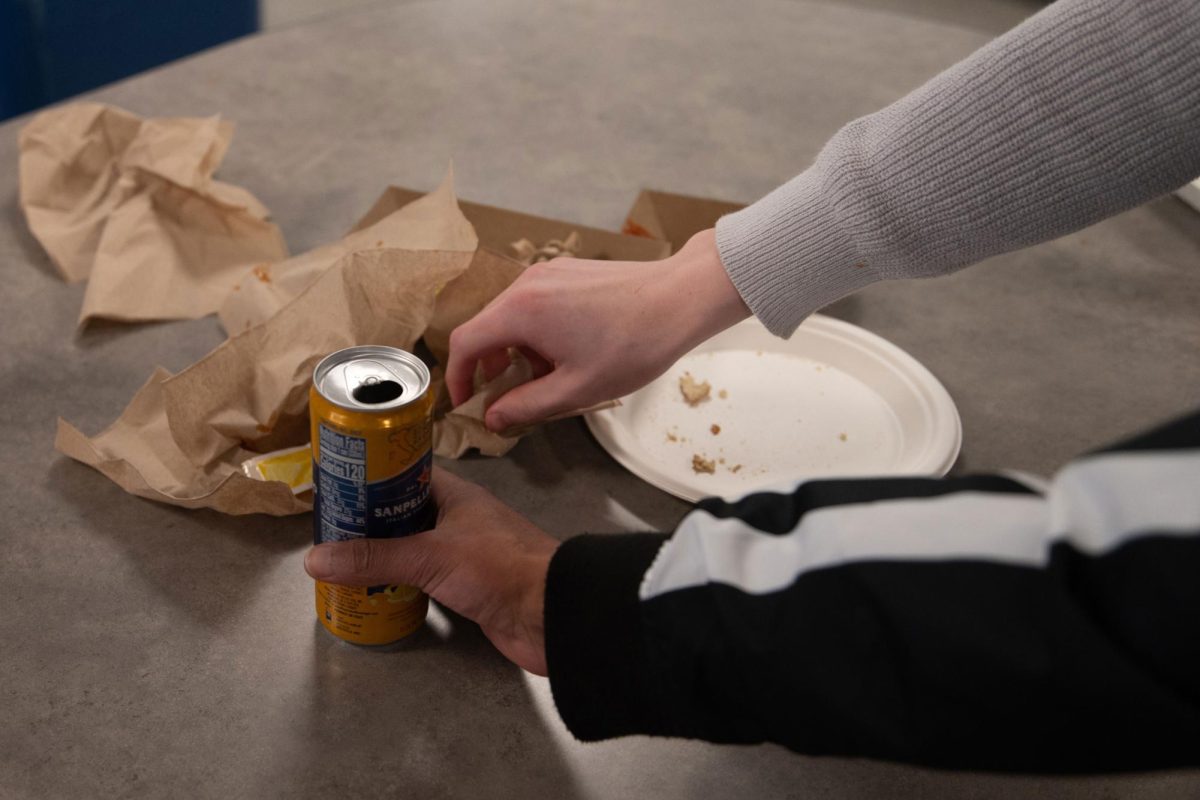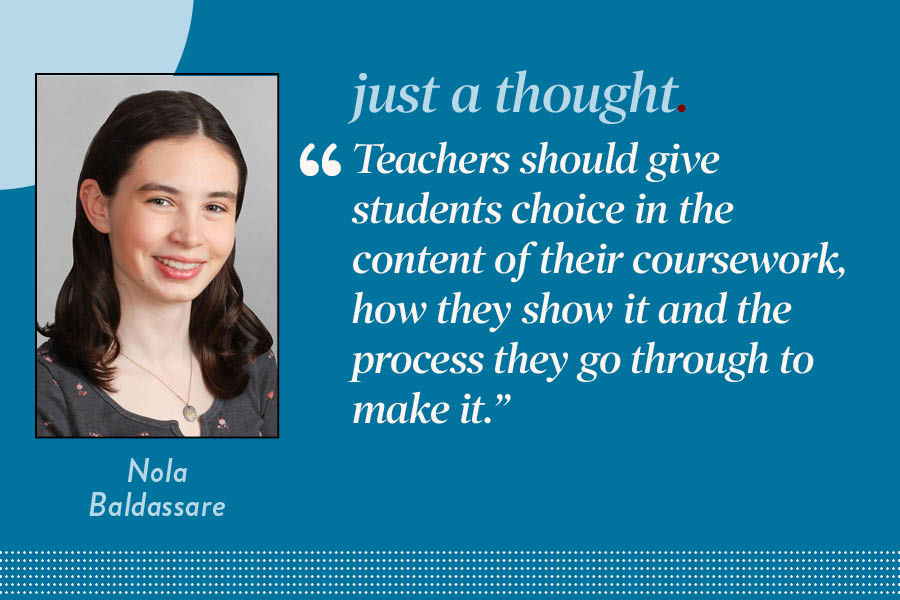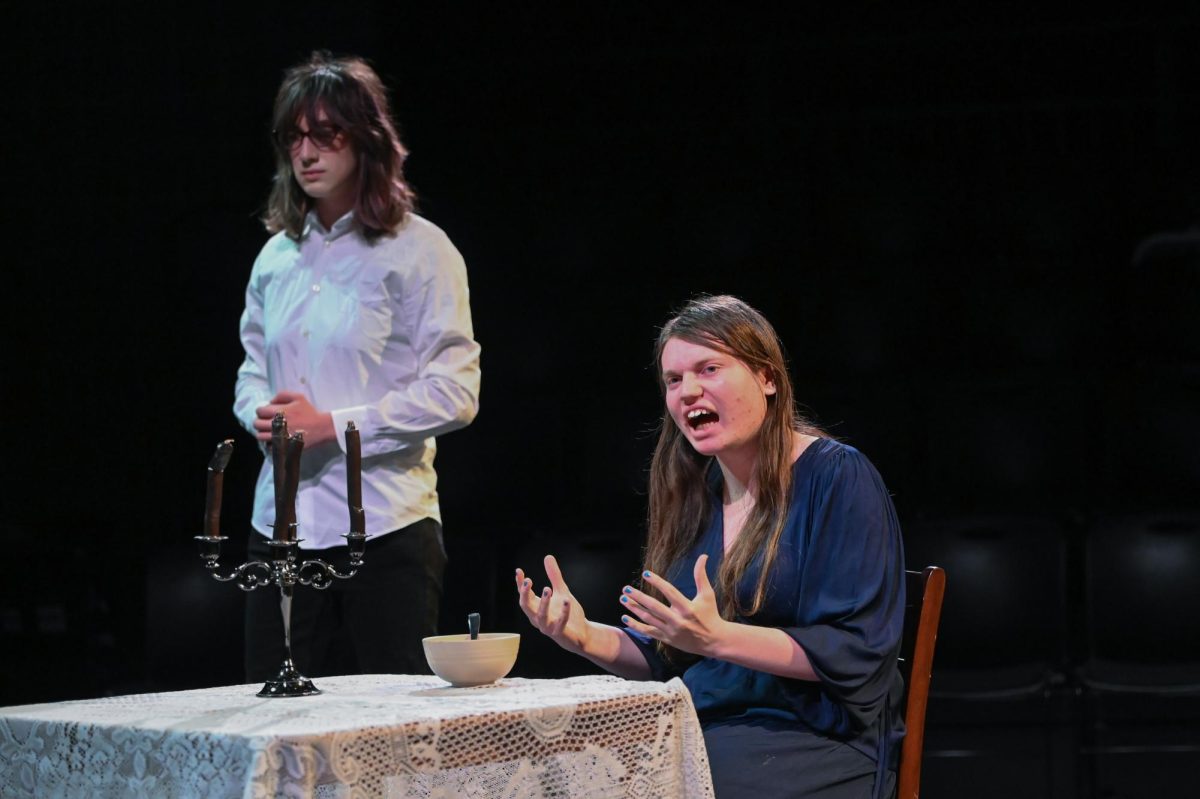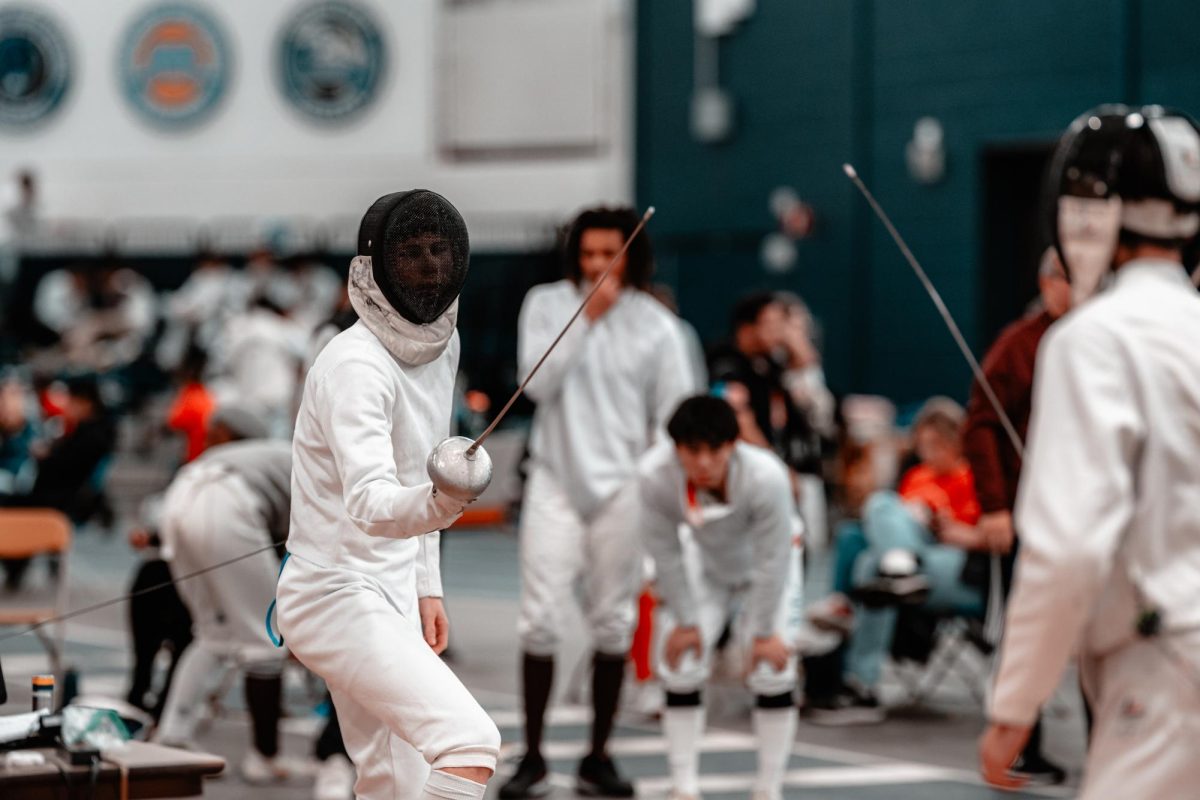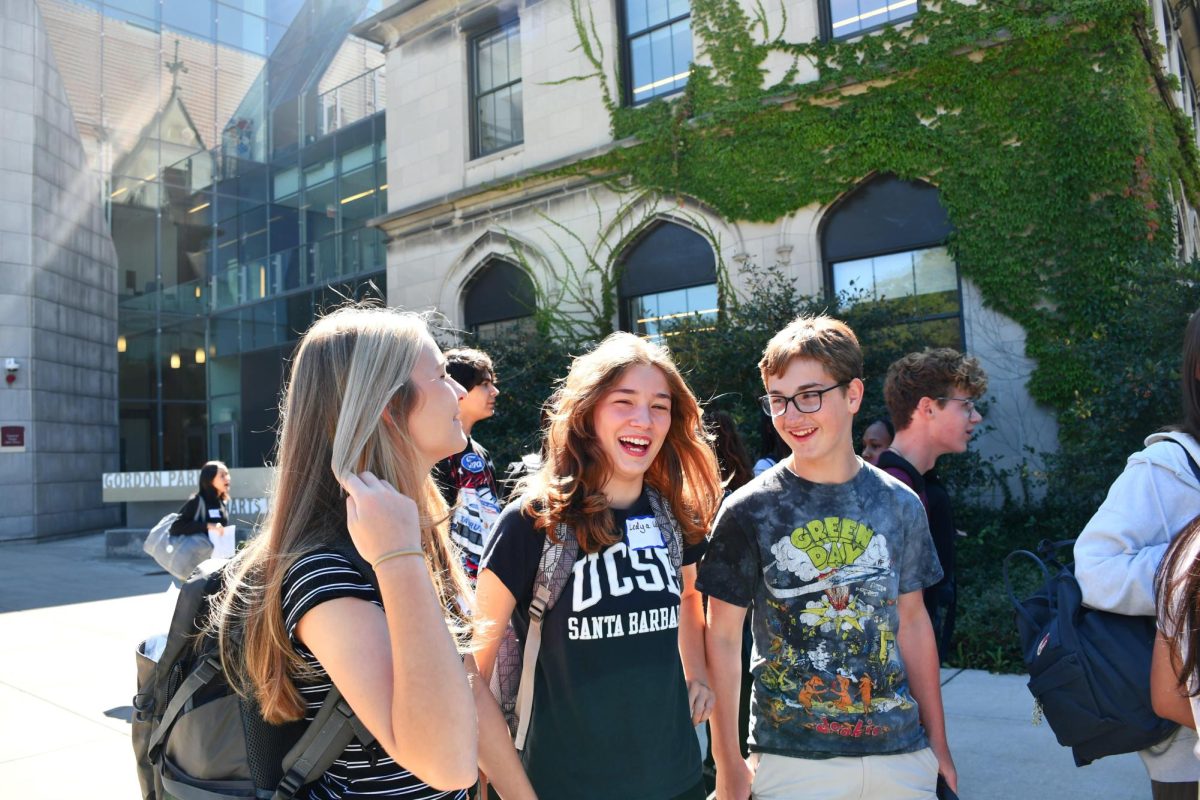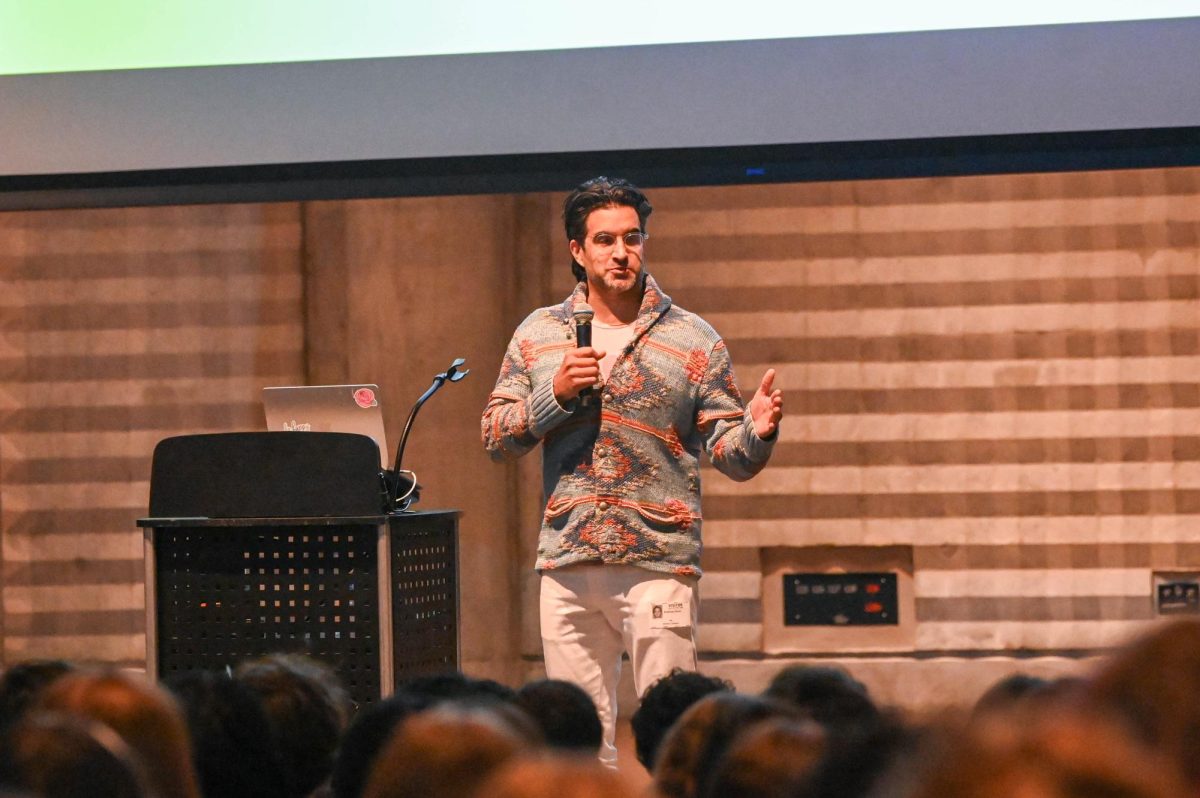From a new schedule to safety initiatives, the start of the 2023-24 school year brings a slew of incoming changes to student and faculty life, and some people have spent the past warm months preparing for these shifts.
Safety: Lab is implementing new safety measures that will require more frequent use of student IDs. In August, a fence was installed along the north border of Kenwood Mall, and students will need to scan their IDs to enter the campus once the school day has started. Students will also be required to scan their IDs for mandatory assemblies.
Schedule: In addition to the new safety initiatives, the new schedule, which was announced nine months ago, pushes the school day’s start time to 8:30 a.m. and end time to 3:30 p.m. daily. The schedule standardizes class times to 50 minutes and adds four designated lab periods a week. During eight co-curricular weeks, assemblies and additional programming replace some or all lab periods.
Five new classrooms were converted to accommodate middle and high school needs due to the schedule change.
New U-High principal Martin Woods, who is among the many new faces this fall, is excited for the community-building opportunities the new schedule provides.
“I’m very optimistic about the schedule,” Mr. Woods said. “Obviously, with anything, we have to test it out to see how how things flow, but I think from the impression I’ve gotten from the administration and from teachers these past few weeks, they’re very excited about at least trying it out, and the opportunities that it will yield, particularly with the co-curricular weeks.”
Science teacher Daniel Bobo-Jones has been preparing ways to ensure students are in class for the same amount of time, given imbalances that might arise with the new schedule. The lab periods for lab sciences such as biology will not meet during co-curricular weeks.
“We’ve been trying to make sure that everybody has the same number of meetings with us within a week, given a student missing a day, Friday holidays, Monday holidays, and co-curricular weeks, and that takes quite a logistical hurdle,” said Mr. Bobo-Jones, who is also the faculty chair. “It sets up for a challenge that we will just jump right into.”
Lab periods also present new opportunities for the peer leading program, which offers support and connection for students in their advisories. Meghan Janda, a P.E. teacher and peer leading adviser, is looking forward to utilizing that additional time.
“Peer leading will now have more time to plan and really work on things and work together,” Ms. Janda said “In the weeks we go into advisory, the peer leaders have a meeting right before that time, so we will be able to really go over our plan before we ease into the advisory experience. It’ll be great.”
During course selection, the new schedule allowed junior Wendell He to take multiple science classes that each require a lab period. However, for extracurriculars, the later end time increases their difficulty in scheduling their violin classes.
“I haven’t quite hammered out the details of my weekly schedule with my music teachers yet, but the changing of the school day does make things a little difficult,” Wendell said. “This coming school year, I’m going to try to schedule morning lessons before school because otherwise there simply won’t be enough time for my extracurricular teachers to get to meet with all of their students.”
According to Luke Zavala, a P.E. teacher and baseball coach, the team has long been familiar with changes in practice times due to shared spaces. Even with the new schedule, he said he believes the baseball team and others will continue to find balance and adapt.
“I mean, the first year in any new schedule there are going to be changes that everyone has to make,” Mr. Zavala said. “I think we’ll probably start to see some teams moving to before-school practices with space issues being what they are, and it wouldn’t surprise me.”
Enrollment and tuition: Other changes this year include an increase in the high school tuition, which has risen nearly 5%, to $42,510 from $40,488 in the 2022-23 school year.
Enrollment at the Laboratory Schools is 2,213 students as of Aug. 30, according to data from the admissions office. U-High’s enrollment is 624: 166 ninth graders, 152 sophomores, 158 juniors and 148 seniors; 28 high school students have started at Lab: 23 ninth graders, 3 sophomores and 2 juniors.
By the numbers:
- 2,213 students at Lab
- 624 U-High students
- 28 new students at U-High





